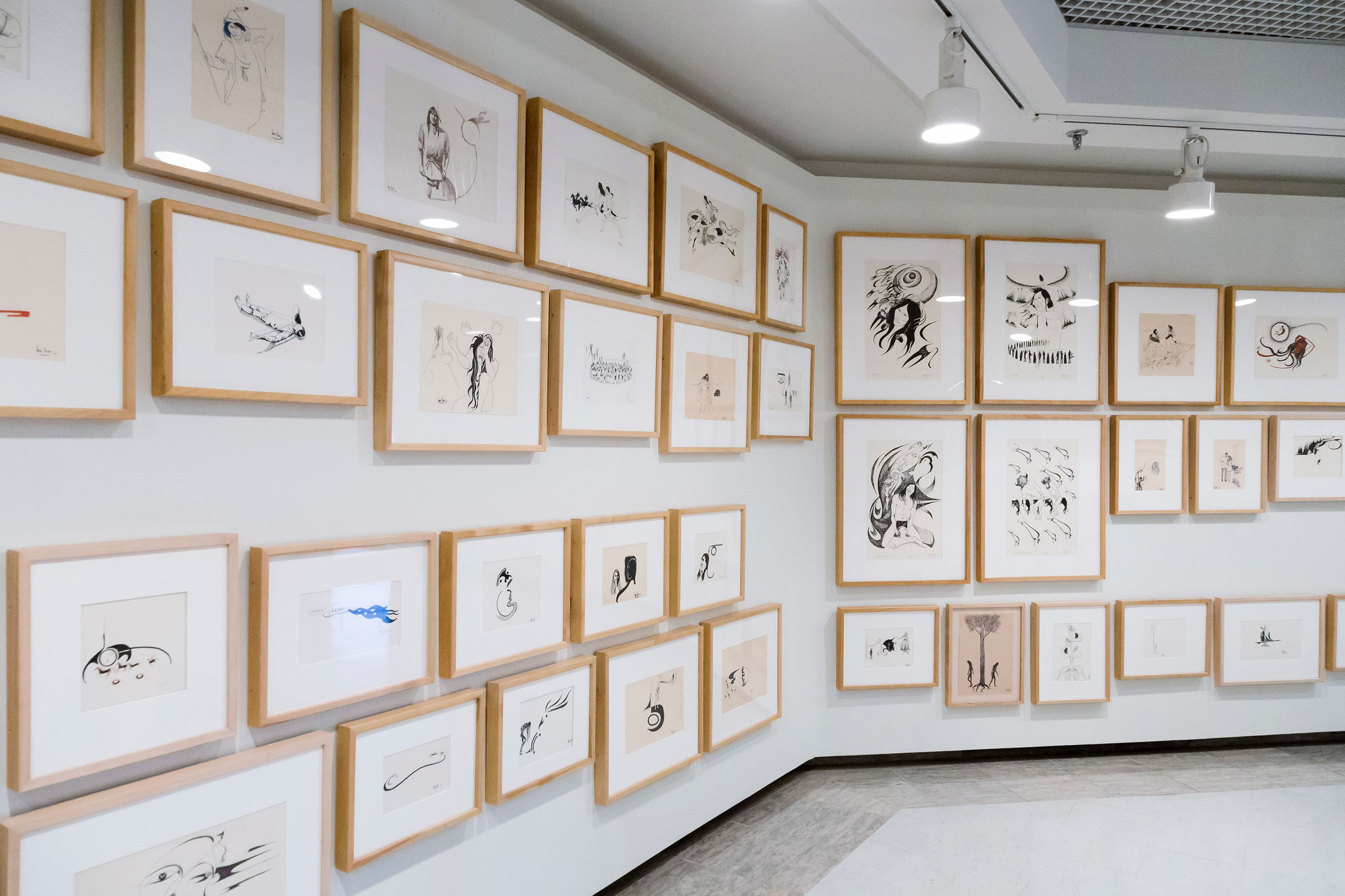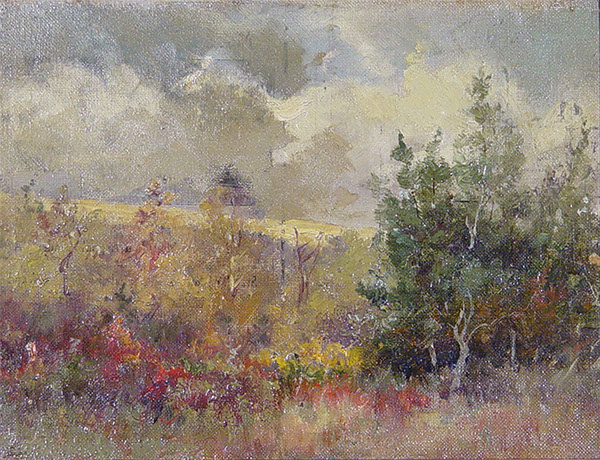Mixing Stars and Sand
The Art & Legacy of Sarain Stump
October 15 - December 15, 2018
Kenderdine Art Gallery
Exhibition co-curators Gerald McMaster and Anthony Kiendl
Opening Reception: Friday, Oct 26, 7:00pm
Opening remarks at 7:30pm
Some people seem fated to live only a few years, but in the time given them they do more and create more than a person [who has] twice the years to live. I don’t think one should think of things in terms of time or years but rather what a person contributes or accomplishes and becomes in the time given them.
– Catharine Whyte, founder of the Whyte Museum of the Canadian Rockies, Banff, Alberta
This project has been made possible in part by the Government of Canada.
About the Artist

Sarain Stump (1945-1974) was an autodidact and polymath who easily moved between drawing, painting, writing, teaching, performing music, acting, and ranching. He was just 29 when he drowned off the coast of Chiapas, Mexico. Forty-four years after his death we celebrate him with this first retrospective examination of his art and legacy. Born in Venice, Italy, Stump came to Canada in the mid-1960s and began working on a number of ranches in southern Alberta. While in Alberta, he developed a style of integrating personal and historical narratives with various forms and media of Indigenous art. It was while ranching that his art and writing were propelled through the 1970 publication, There Is My People Sleeping, now considered a seminal text for many Indigenous writers and poets with its combination of drawing and text.
Stump arrived in Saskatoon in 1972 for a role in the Hollywood film Alien Thunder (1974), directed by Claude Fournier and starring Donald Sutherland, Chief Dan George, and Gordon Tootoosis. He then began work at the Saskatchewan Indian Cultural College developing and teaching the nascent Indart program where he, along with exhibition co-curator Gerald McMaster, traveled throughout the province delivering classes to schools (K-12) on the subject on Indigenous Art.
Stump inspired a generation of notable artists who participated in the program including Edward Poitras, Harry Lafond, Raymond McCallum, and Calvin Sand among others.
Propelled by the spirit of the times, including the activism of the American Indian Movement, Red Power, and the influence of late-sixties youth culture, in a few short years Stump was instrumental in a renaissance of Indigenous art and artists in the region. Presented in this exhibition are hundreds of works seen together for the first time, some never before seen in public.
A compelling narrative emerges that positions Stump as an artist whose cumulative output—in a period of just a few years—may be measured not only as a painter or poet, but as a cultural catalyst, a community activist and a revolutionary.





